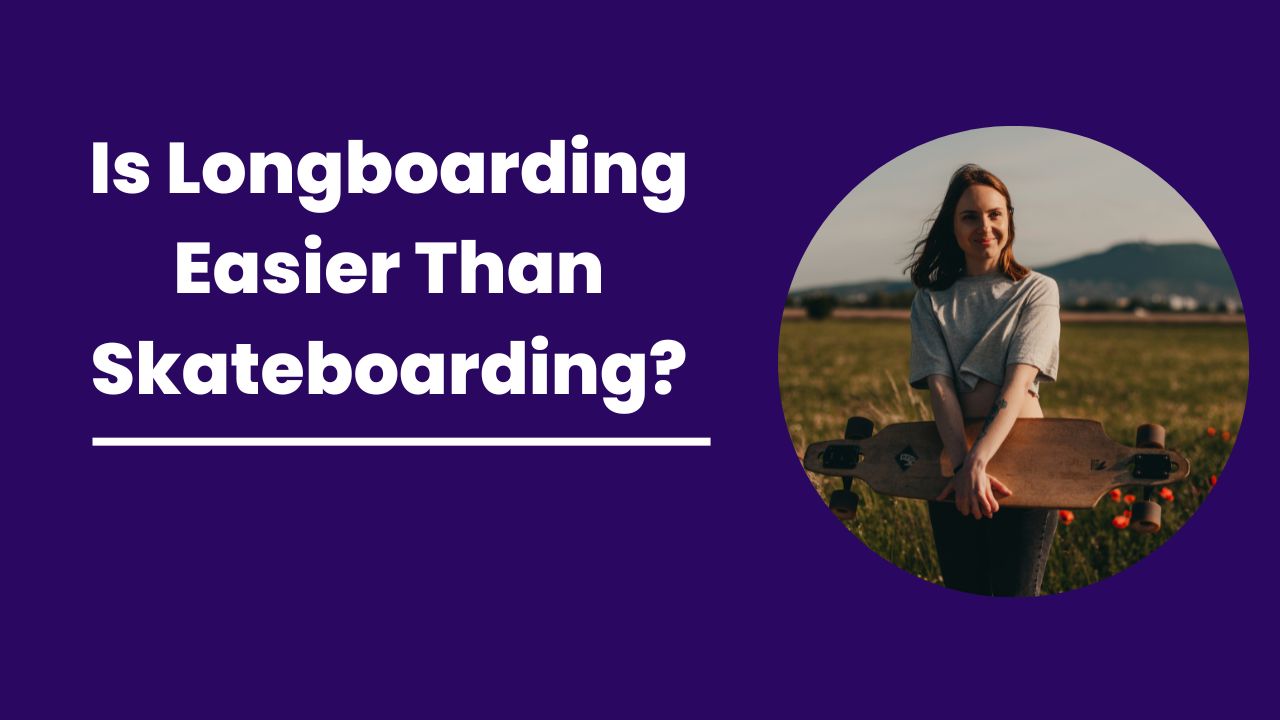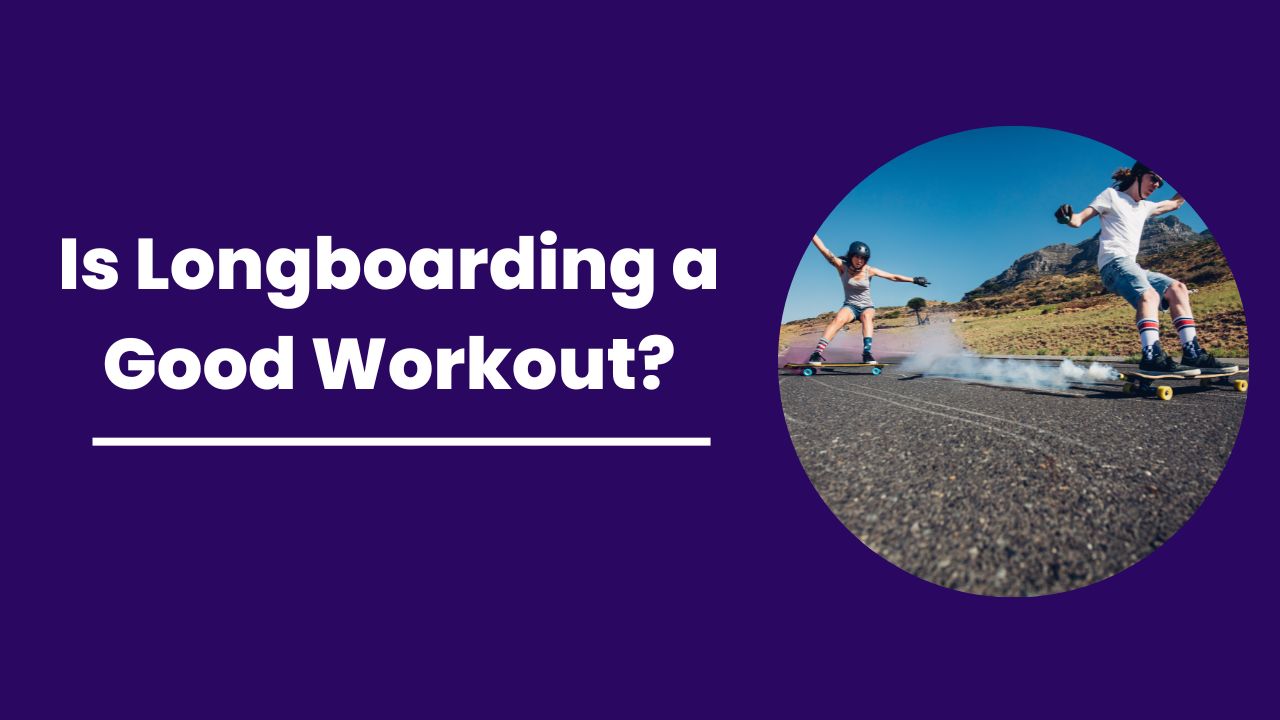An essential feature of learning in what way to longboard is your Stance. That is, in what way you stand on your board.
Stance mentions the means you place your feet on your longboard and how you position the rest of your body when riding. In other words, your posture on your board.
You can take many stances, depending on what you are undertaking. Your posture might differ if you are riding casually, if you’re foot forceful or braking if you are revolving or statue, flying down a hill, performing tricks, or sliding.

After all, you must know how to place your feet; your longboard stance is resolute by way of your shoulder joint and hips, the amount of twisting in your knees, and the sloping of your chest.
While reviewing this, we would like to like to examine and examine some mutual longboard stances. This must help you decay and study the bearings skilled provisions use to attain their desired methods and equine style.
Contents
Footedness and Longboard Stance
While you are willing to ride, your entire body would be positioned upright to the way of the longboard’s signal, along with one foot directing the other. Footedness is the natural supremacy of your left or right foot – the foot would be equivalent to right or left-handed.
While going on your longboard, your back foot does most of the direction-finding; your axle foot would have to control and be accurate to your board. It would help if you had your leading foot in the back, even though your other foot affords front balancing and direction.
If you take not up till now, the first thing your requirement to do is originality out which is your principal foot, i.e., come again your natural Stance is.
Longboard stance regular vs goofy
Regular (on the left) vs Goofy Stance
The famous people feel more stress-free with their left foot forward and actual foot back – the right foot is repeatedly principal, being slow by the left mind. Having toward this example, this is called the “regular” Stance.
Further, people visibly put their actual foot onward and left foot back. We call them “silly” footers.
Your Stance would also depend on your internal balance and the power of your left vs right leg. To find out if you are regular or silly footed, we have to take a few tests which you can do.
One way is to have someone give you a shove in the back while you’re standing to make you lose balance. You will instinctively put one foot forward to catch yourself, getting into your natural Stance.
Another way is to understand which foot you would naturally have to kick something. Frequently it would also be your leading foot – the one that goes in the back on your longboard.
A third means is to yank hard on something (e.g. a rope), and understanding which foot you put onward would help you get more pull.
Voyaging Longboard Stance
Consequently, by today you must see if you are a steady, silly rider. Classically, your usual Stance would be the exact for all board sports – snowboarding, browsing, etc. – though around persons do practice various stances for diverse sports.
Look over all the Stance you make while traveling on your longboard, equestrians in a calm, unhurried to good hurry.
Longboard Cruising Stance
Foot location
While going through average, relaxed equine, you place your feet to some extent more extensive than shoulder-width, at an identical distance from your front and back buses. If you take a short wheelbase, your feet would likely be closer to the truck mounts or in amid for a longer (or drop-through) board.
Widthwise, your feet park yourself in the middle of the level. Your back base is nearly vertical to your deck, although your opposite foot is at about a 45º angle.
Knees
Once sailing around, you want as calm a stance as you would be likely. Meanwhile, your strength is equestrian for hours on end. You only curve your knees slightly to control your poise and absorb small shocks.
Since you are not bending your knee joint much, your center of significance leftovers are comparatively high, which would be fine since you typically would not necessary make any complex complementary changes.
Hips and Shoulders
In your journeying longboard stance, your hips are unbiassed facing vertical to your board, or a little replaced to face onward (e.g. 15-20º). Your articulatio humeri classically follow your hips in front of you in the same way.
Upper body
Your torso means upper body stance in cruising. Stance is typically about unbiased, not sloping onward nor regressive, but while in a sporadically going over a knock or crash, you would be lean advance and turn your knees more to save your poise.
While sloping onward, it is critical to pivot at the hips (jutting your butt out) vs bending your back to duck foul back problems.
Pushing Longboard Stance
As soon as you forcefully advance some rapidity on your longboard, it would help if you got into another stance.
Pushing Longboard Stance
Foot Situation
Top riders drive with their back (dominant) foot even yet complementary on, and direction-finding complete, their front foot. Your forward-facing base is located fast of the front truck bolts, similar to the deck, and pebbledash toward the nose (or slightly angled).
Approximately riders push “mongo,” i.e. using an upturned stance: you stability on your back (dominant) foot near the hindmost truck, though your forward-facing foot hits the ground assertively. This is the Stance I for myself habit on my longboard. However, it is firmer than the decree. The most incredible people are more relaxed and assertive with their back foot.
Knees
In the self-confident Stance, you are squatting down on your observable leg (or back limb if mongo), snaky your differing lap to grow your back foot, which droops off the meal, minor toward the milled for forceful.
Your self-confident knee is also going justly for more control and resistance.
Shoulders And Hips
In forcing Stance, your hips and shoulders are facing conventional forward in the direction of your board’s motion since both feet are equivalent to the deck. Pushing and foot braking are among the few postures in which your body is fulling facing forward while you’re transferring motion from your back foot to your front one.
Chest Position
As your vertebral foot drives off the milled and stirred back like the board, you thin your torso in the way of the wave, winding at the hips, to reimburse for the assertive constancy and control.
Once assertive hard, you might logically carry your chest up between desires, sloping forward over to assist you to bounce a more hard kick.
Foot Braking Stance
This Stance you practice for foot slowing is like that for forceful, complementary on your opposite leg with your foot filling in the direction of the beak. Your higher body is ultimately facing forward. You squat down lightly to lower your rear foot, parallel to or slightly ahead of your standing foot.
As an alternative to kicking the ground for forcing, you brush against the ground with your back heel and middle foot, lifting your toes slightly to avoid a crack or bump.
Carving Longboard Stance
Carving turns around snaky tries to moreover advance rapidity or hut speed. It is a practical equine elegance that immensely hinges on the result of the right Stance.
Foot Placement
Since the model is about creation nonstop tries, you continually change the mass between your toenail and heels.
In the model stance, equally, your opposite and backbone foot would be positioned crosswise the board attractive ample in a good place –opposite to the sailing Stance in which you classically position your front foot at a 45º angle.
Knees
In model stance, you substitute between activating and flattening your knees earlier and after each slice (turn). Your goalmouth is to inferior your midpoint of significance, and ice pack going into the slice before pop up and unzip on leaving, moving all-out energy hooked on your longboard.
Shoulders and hips
Your upper body continually rotates in the way your succeeding goes. Respectively, the carving is started by revolving your hips, shoulders, and ankles in a liquid, wave-like motion.
Chest Position
Once you slice, you usually lean onward to save your poise through the consecutive turns – winding at the midriff, although your body saves influential back and into the open.
Sliding Longboard Stance
Here are several kinds of photos, each connecting different kinds of postures. Some stances are complex even in a modest slide, such as a heel side attitude up slide: drive Stance, toe side and heel side carve Stance, actual down Stance, and vertebral to usual equine Stance. Study more here about control down on your longboard.
Let’s emphasize the posture you use when you are down, neglecting setup and assemblage.
Sliding Longboarding Stance
Foot Placement
By sliding, your feet are located proportionally on your level, unevenly vertical to it, and additional than shoulder-width at a distance. While going through this Stance, your heels hang off the heel side rail of your longboard, both heels forceful into the railing and absent.
Knees
In a down stance, you range your legs to drive your board available absent from you but have your knees set to uphold asset and control and engage shocks.
Shoulders and Hips
In a down stance, your berms and hips are extensive open facing downhill, vertical to your deck, as your longboard is nomadic slanting across the road.
Chest
Even though descending, your body mass is regressive (complex from your board) to divest your sheet and drive put with your long legs. So, it would help if you continually altered your chest forward or regressive as you descend to uphold balance.
Speed Stance (tuck)
For haste riding, you would require studying an unusual stance, usually called a “tuck.” Pushing incomes receiving into a body location reduces gust battle and makes the most of constancy at speed.
It is In what way You Position Your Body
The term “stance” refers not only to the means of your opinion but also to the board. It is also around by what means you location your body and your upper limits when longboarding. Your Stance resolves also vary contingent on the kind of ride that you are around to make. The Stance of the statue is dissimilar since as soon as you go downhill riding.
It is NOT Always about Being Left- or Right-handed
Prepares to be left-hand or right-handed touch your Stance? Many believe that being right-handed would also mean the right foot develops the leading foot when longboarding. The same is also being supposed about left-handed individuals. Though, this is not true all the time.
Other sportspersons can show this. Some are into archery and use a right-handed bob, even when left-handed. Furthermore, people find it more remarkable to carry a weighty thing using their right hand even when left-handed.
Your Brain and Body Dictate Your Stance
Consequently, what means do I control which of my two bases is leading? Remember that your mind and body command which posture you are most contented with. Other persons cannot express to you that you are liable. It is incorrect. Every individual has their way of causal which side “clicks.”
Sensibly sign how your ride touches in its place by directing on which foot or pointer is central. The memo that you cannot energy a stance; it takes to be expected. It takes to be somewhat said by your mind that your shoulder joint, hands, and the respite of your form impulsively trails.
Read More:

